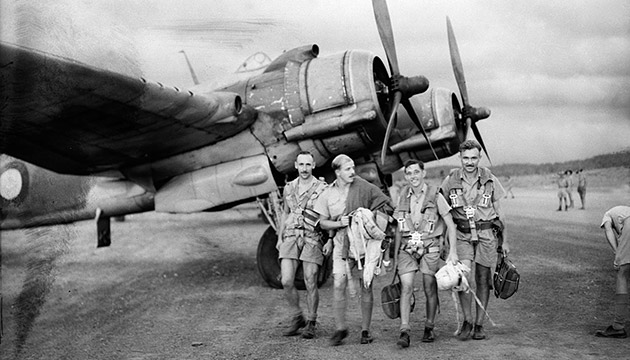A Top End airstrip and its surrounding buildings have been preserved to commemorate a World War II base and the aircrew who served there.
Story By David Hancock
Richard Luxton's passion for aviation and history come together at his 5000-hectare property north of Adelaide River in the Top End. Coomalie Farm, a major source of fruit and vegetables for Darwin early last century, became famous as a base for World War II Bristol Beaufighters.
Pilots of the Royal Australian Air Force’s (RAAF) 31 Squadron flew hundreds of missions from Coomalie to Timor and east Indonesia to harass Japanese shipping and attack enemy bases. The strip was also used by the No 1 Photo Reconnaissance Unit, later known as 87SQN, and was equipped with Lockheed Lightnings and de Havilland Mosquitos.
Enemy soldiers referred to the Beaufighter as ‘whispering death’ because the aircraft were not heard (or seen) until it was too late. The Beaufighters’ Hercules radial engines used sleeve valves that cut noise, particularly at the front of the engine. The pilots of 31SQN adopted an unofficial motto – non circum coimus – which loosely translates as “no f***ing around” or “we don’t f*** around”.
“It was just fire and explosions and absolute mayhem when the Beaufighters came through at tree level with their cannons, machine guns and rockets blazing,” Richard says. “The base at Coomalie and the men who operated out of here were absolutely detested by the enemy – they wanted to come back and obliterate it and every person who was here.”
Coomalie airstrip, 110 kilometres south of Darwin, was attacked by the Japanese six times between November 1942 and November 1943, but only one Beaufighter was destroyed and no Australian servicemen were killed.
Today, the 1520-metre airstrip at Coomalie is less than 400m from the busy Stuart Highway. Richard bought the property in 1977 with an eye to agriculture, but after a bad run with buffalo, cattle, rice and horticulture he became enamoured with the farm’s wartime history. He has steadily restored the runway so aircraft can fly in, including old warbirds such as Dakotas and Harvards. He has also rebuilt the chapel and four other buildings largely from original Sidney Williams frames.
During WWII the region between Adelaide River and Darwin was populated by more than 20,000 Allied servicemen who lived mainly in camouflaged camps off the north-south road. A number of airstrips were built so the RAAF could defend the north and attack the Japanese in Asia but Coomalie, and nearby Batchelor, are the only runways in regular use today.
This Story is from Issue #88
Outback Magazine: Apr/May 2013









